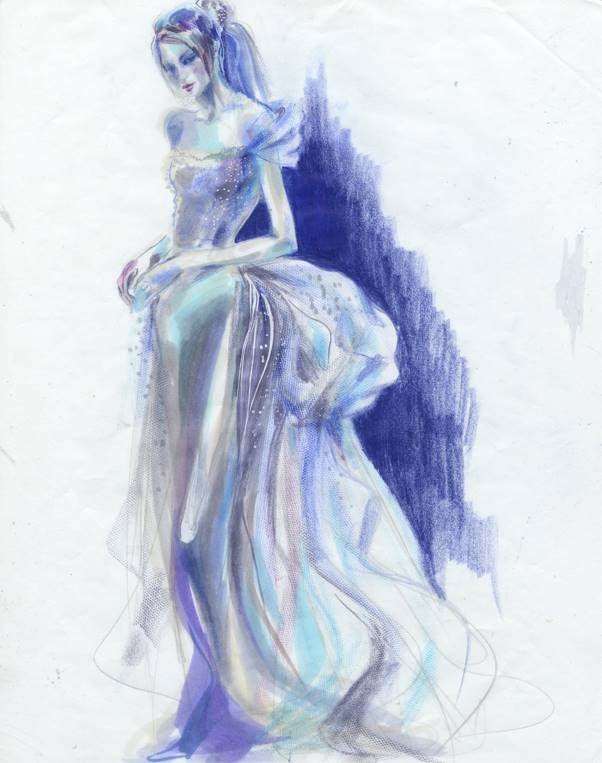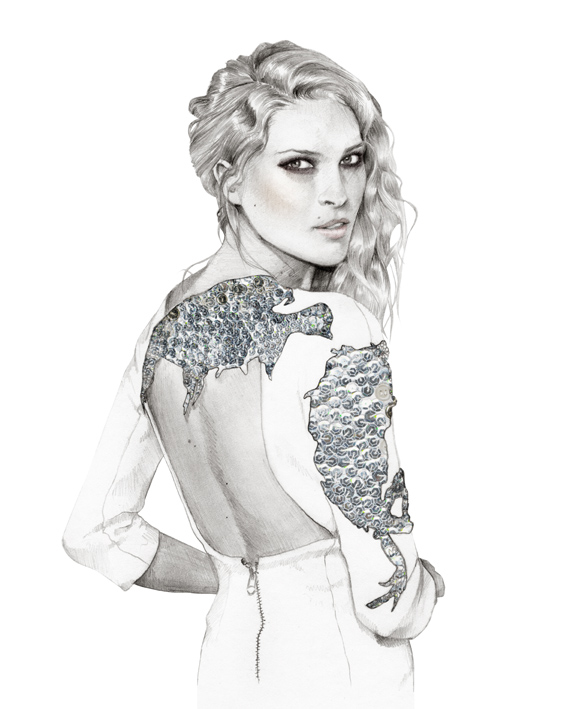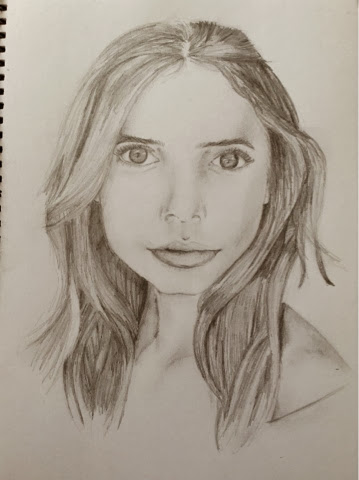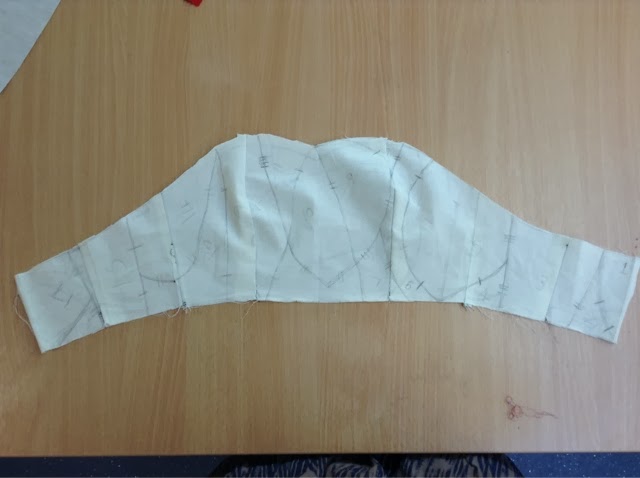Lucid Stead is an architectural installation by artist Phillip K. Smith III. He took an existing structure in the desert of Joshua Tree, California and attached mirrors, LED lights and custom built technology to accentuate the beauty of the bare landscapes. He transformed a 70 year old shack that was weathered and worn in to this beautiful and interesting piece of art. In the daylight it looks like parts of the shack is missing and the other pieces are floating in mid-air.
He hasn't altered the shack's structure in any way, the windows and doors are exactly how he found them. He simple builds upon what is already there.
Smith says, "Lucid Stead is about tapping into the quiet and the pace of change of the desert. When you slow down and align yourself with the desert, the project begins to unfold before you. It reveals that it is about light and shadow, reflected light, projected light, and change."
Here is a video of the artist explaining his concept:

.jpg)
.jpg)
.jpg)
.jpg)
.jpg)














































